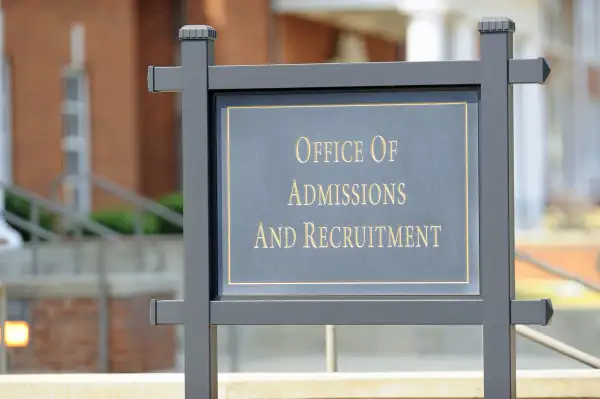5 Best Ways to Snag a College Scholarship

November is National Scholarship Month and a perfect time for high school seniors and their parents to kick their search for college scholarships and financial aid into high gear. Scholarships are gifts that do not need to be repaid, making them critical pieces in the paying-for-college puzzle.
These five steps can help you begin the process of identifying and applying for scholarships:
- Talk to your high school counselor. Scholarship providers often send counselors information and applications, so use yours as a resource. Many high schools post scholarship opportunities and deadlines on their bulletin boards or list them in their newsletters, too. Be on the lookout.
- Contact admissions and financial aid officers. Identify the scholarships and financial aid packages offered at the colleges you’re considering and find out how and when to apply. If you’re interested in a particular major, reach out to that department to determine if it awards scholarships in addition to those given out through the central financial aid office, as is sometimes the case.
- Use scholarship search services. Free sites like Scholarships.com, Fastweb, ScholarSwag, Edvisor’s Student Scholarship Search, Big Future by The College Board, Scholarship America, and Yconic can help you identify opportunities. The Money College Planner also has a scholarship search tool for subscribers to its premium version.
- Apply for as many scholarships as possible. Those $500 and $1,000 awards can add up, but applying for them takes time. Try to prioritize your applications and divide your time and effort accordingly. While nationwide scholarships are often larger, local scholarships tend to have better odds, since you're often competing against fewer students. So ask about any scholarships sponsored by local civic organizations such as Rotary or Lions clubs, as well as community and private foundations in your area. If you know what career you'd like to pursue, look into scholarships offered by professional associations in that field.
- Complete the FAFSA. The 2016-2017 Free Application for Federal Student Aid (FAFSA) is available free online only at the official site, fafsa.gov, starting Jan. 1. Don’t assume that your family has too much money to be eligible for federal student aid; even if that’s the case, filling out the FAFSA is important because it’s also used by colleges, states, and some other scholarship providers use to help determine what grants, loans, and scholarships you're eligible for. Many colleges have priority deadlines for filing the FAFSA, so be sure you meet those. Applying as early as possible will put you at the front of the line and increase your odds of getting the maximum aid possible.
Note: Later this year, the government is changing the timing of when it releases the FAFSA. The FAFSA for 2017-2018 will be available this coming October, rather than Jan. 1, 2017.
Bear in mind that if the financial aid offer you receive from a college isn’t enough to meet your needs, most colleges have an appeals process you can use to try to win more aid.
Amy Weinstein is the executive director of the National Scholarship Providers Association (NSPA). NSPA members help students get to and through college with support services and scholarships.
Read next: What Parents Will Give Up to Pay for Kids' College